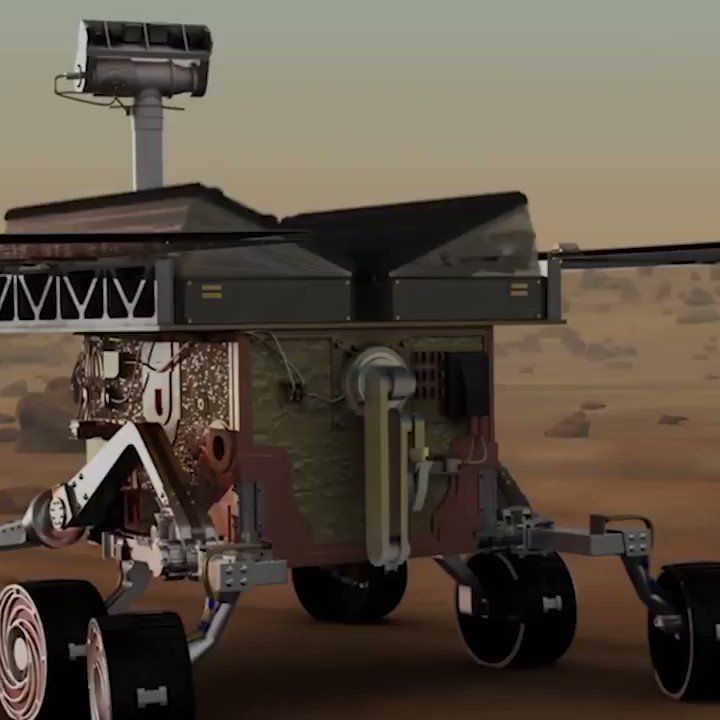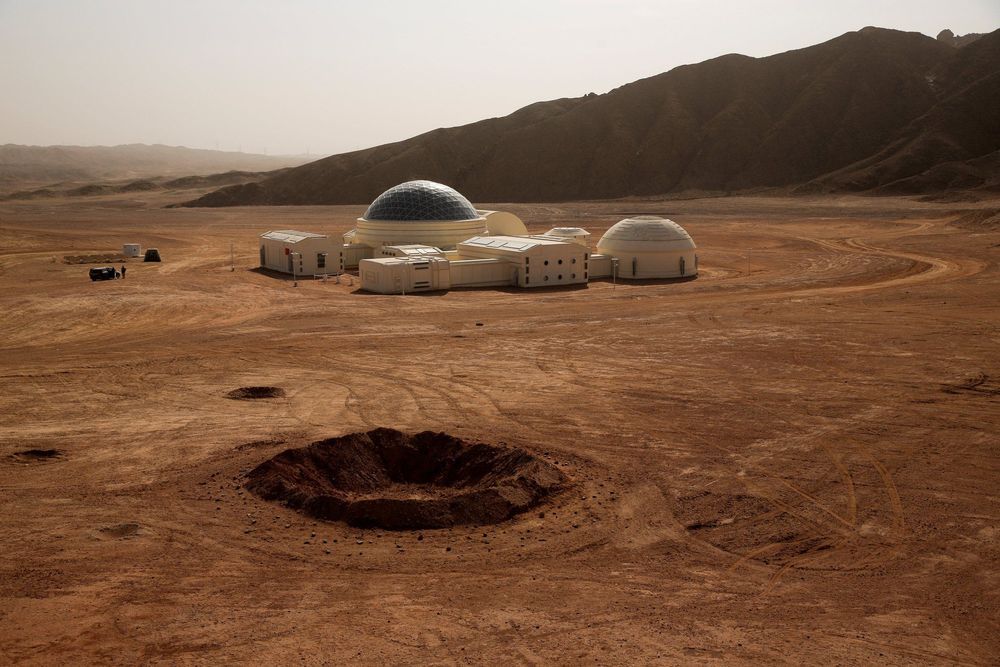What triggered this dramatic surge is still unknown, but with our NASA Earth satellites data we now have a time-lapse of the damage. Dive into the situation: https://go.nasa.gov/2GqgJaV
Category: space – Page 918

Gravitational Forces at Heart of Milky Way Shaped Star Cluster Like Comet
This week’s Hubble Picture of the Week is a view of the stunning and unusual Messier 62 cluster in the constellation of Ophiuchus.
A globular cluster is a group of thousands of stars which are bound together by gravity, and which move across the sky as one group. The strong gravity means that most such clusters are perfectly spherical, like the neat and orderly Messier 3 or Messier 28 clusters.
But in the case of Messier 62, we see something different. The cluster is warped, with a long tail of stars which stretch out to one side to form a shape like a comet and its tail. It is thought that this distortion is due to Messier 62’s close proximity to the center of the galaxy, where strong gravitational forces from outside the cluster create tidal forces which pull some of the cluster toward the center.
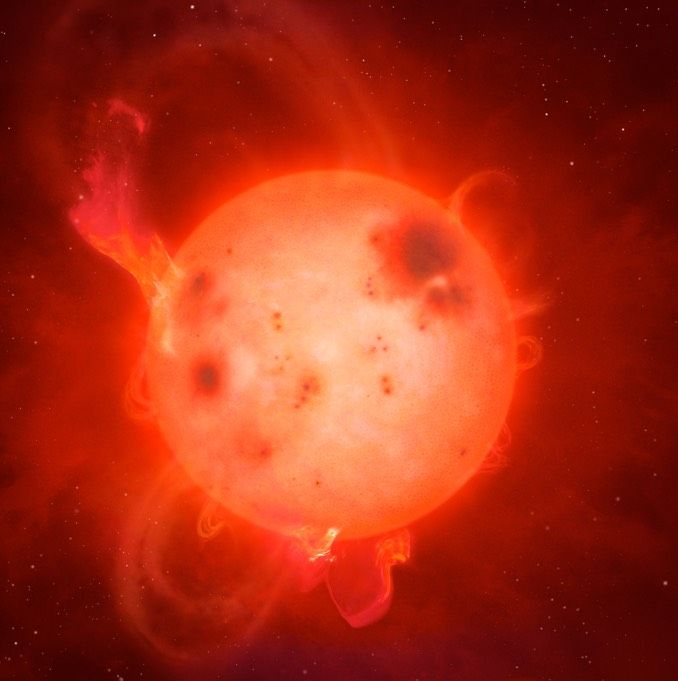
Jupiter-size star generates titanic white-light ‘superflare’
A small, borderline star about the size of Jupiter some 250 light years from Earth has been caught in the act of emitting an enormous superflare, releasing the equivalent of 80 billion tons of TNT while triggering a 10,000-fold increase in brightness.
The flare was 10 times more powerful than any known outburst from the Sun, including the Carrington event in 1859 that disrupted telegraph services around the world and caused strong, widespread auroral displays.
“The activity of low mass stars decreases as you go to lower and lower masses, and we expect the chromosphere (where flares originate) to get cooler or weaker,” said James Jackman, a doctoral student at the University of Warwick and lead author of a paper about the eruption.

The board games turning science into playtime
Science-themed board games are an increasingly popular way to learn about everything from atom building to colonising space.
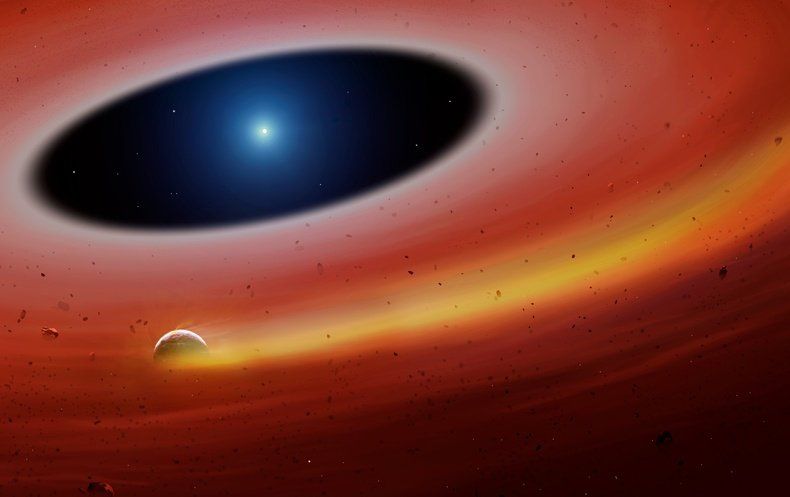

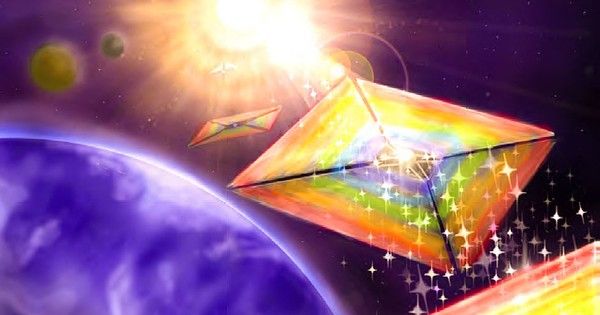
Light sails and stingray airships to explore space
NASA has announced the 18 projects awarded funding in its NASA Innovative Advanced Concepts (NIAC) programme.
